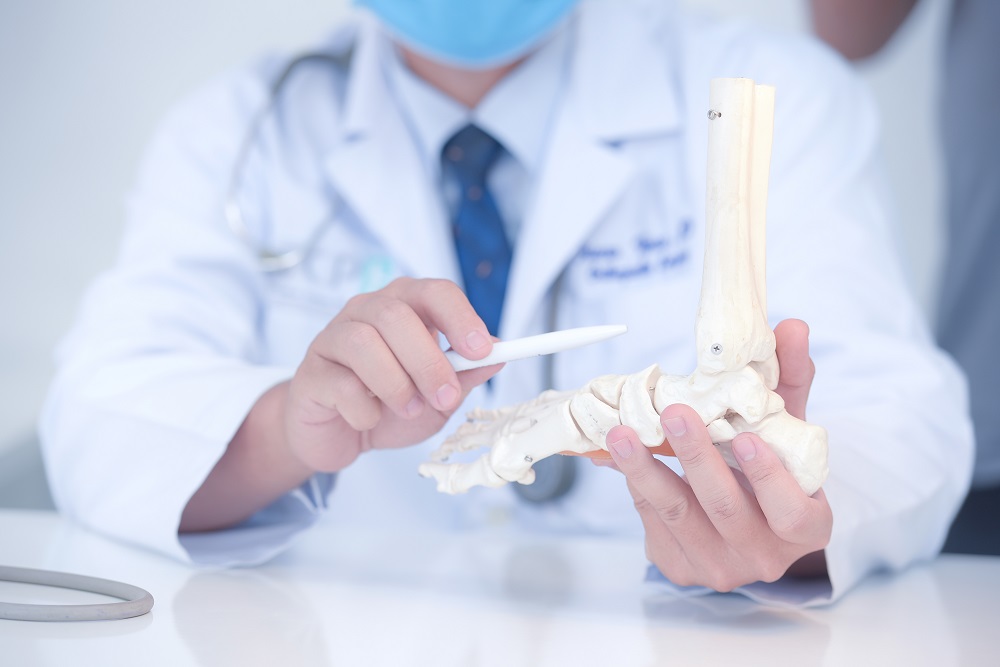GLP-1 Drugs and Your Feet: What You Need to Know for Better Foot Health

GLP-1 drugs have become a hot topic in the medical field, especially for individuals managing diabetes and those looking to lose weight. These medications, such as semaglutide (brand names Ozempic and Wegovy) and liraglutide, are revolutionizing the way many approach chronic conditions, but their effects extend beyond just weight loss or blood sugar control. Foot […]
WeTreatFeet: #1 Mastering Innovative Social Health Screening in Podiatric Care

Introduction: Revolutionizing Foot Care Through Social Health Integration In today’s healthcare landscape, we recognize that medical care extends far beyond traditional clinical treatments. At WeTreatFeet, we’ve pioneered an innovative approach that combines expert podiatric care with comprehensive screening for social determinants of health (SDOH). This integration allows us to address not just the immediate foot […]
10 Foods to Avoid if You Have Diabetic Foot Ulcers: A Comprehensive Guide

Living with diabetic foot ulcers requires careful attention to your diet, much like tending to a delicate garden. The foods you consume can either nurture your body’s healing process or hinder it significantly. Understanding which foods to avoid is crucial for promoting proper healing and preventing complications. Understanding the Impact of Diet on Diabetic Foot […]
10 (Ten) Things You Need to Know about Hydrogen Peroxide for Blisters: Is It Beneficial or Harmful?

Blisters are a common skin issue many encounter, whether due to friction from shoes, burns, or other forms of skin irritation. When a blister forms, it’s natural to consider quick remedies for relief and healing. One of the most readily available solutions in most households is https://wetreatfeetpodiatry.com/battling-toenail-fungus-does-hydrogen-peroxide-work. While it has been widely used for wound […]
Platelet-Rich Plasma Therapy for Diabetic Foot Wounds: #1 WeTreatFeet Podiatry Leads the Way

PRP for Wounds at WeTreatFeet Podiatry Are you or a loved one struggling with a diabetic foot wound that just won’t heal? At WeTreatFeet Podiatry, we understand the frustration and concern that comes with these persistent wounds. We are thrilled to announce groundbreaking news. The treatment changing the game for diabetic foot care is Platelet-Rich […]
Top 7 Diabetic Foot Care Practices for Prevention: A Guide from WeTreatFeet Podiatry

Diabetic Foot Care Practices Diabetic Foot Care Practices. What do you need to know? Diabetes can have a significant impact on foot health, often leading to complications that need expert care. At WeTreatFeet Podiatry, we emphasize the importance of diabetic foot care. This care is essential to prevent serious issues like infections. It also helps […]
